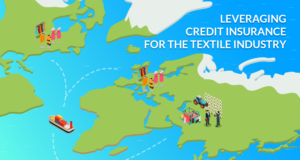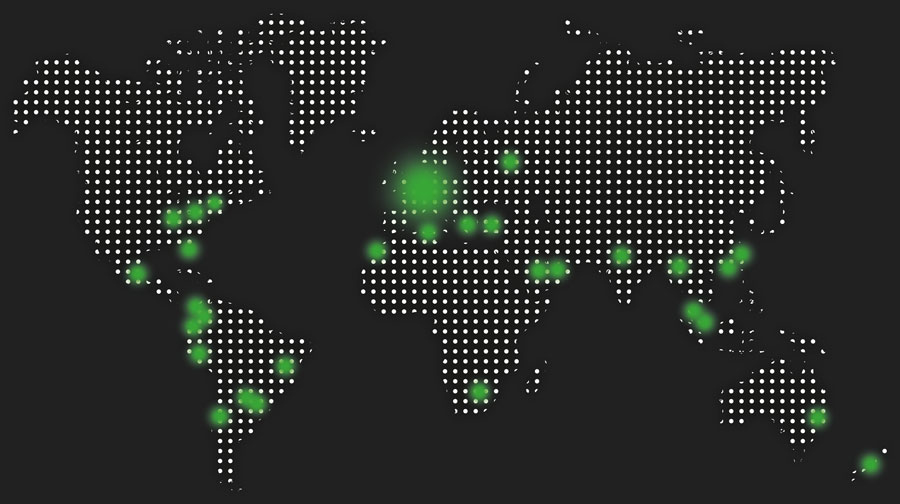
Leveraging Credit Insurance for the textile industry
The apparel sector has been heavily impacted by the Covid-19 crisis in an environment that was already challenging, where large retailers have already been destabilized by the shift to e-commerce. Indeed, the business consulting company McKinsey estimates that a third of the textile industry companies will not survive in the 12 to 18 months following the outbreak of the crisis. Large retailers have already closed down such as the British group Oasis and Warehouse or Century21 in the USA, to mention just a few. Consequently, we have noticed an increase in demand for credit insurance protection coming from clothing manufacturers in emerging markets. However, this increasing demand requires education as credit insurance is a powerful but also complex product that can lead to disappointment at the time of claims if it is not managed properly.
How is the textile industry organized globally?
The textile-clothing sector is highly globalized with the main garment manufacturers located in China, Pakistan, India, Bangladesh and Vietnam, where these countries account for 70% of the world cotton consumption according to the Australian Bureau of Agricultural and Resource Economics and Sciences (ABARES). During the Covid-19 crisis, we heard a lot of talk in developed countries about bringing back production at home, but it is unlikely in the textile industry due to cost concerns. Furthermore, I do not see consumers agreeing to pay twice the existing price for their clothes or even buying less; the “Homo Economicus” wants to consume more and cheaper. What is actually happening now is a shift of the production from China to even more competitive countries such as Bangladesh or Vietnam.
Spotlight on Pakistan
Countries which harvest cotton are generally the location of many clothing manufacturers; availability of the raw material along with competitive costs of production make it the perfect place for large European or American retailers to manufacture clothes. Pakistan, which occupies the fifth position among the cotton growers of the world, is a good example; the cotton and textile industries are integrated, and many clothing manufacturers are specialized in making denim and jeans. These manufacturers are now concerned about being paid by their clients and so are looking for solutions to minimize this risk and credit insurance is one of them.
Credit insurance – powerful but complex
Credit insurance is a powerful tool, but it must be handled carefully as compliance with the specific and general conditions of the contract is paramount. Furthermore, it is very different from other lines of insurance products such as marine insurance for instance: it is a matter for specialists. It requires the support of a specialized broker to structure the contract properly (The ‘3S’ Credit Insurance concept) and also to offer continuous support to the policyholder during the course of the policy. Without this support, the probability of facing a problem at the time of claims is very high. Indeed, according to a survey carried out on our clients who originally started credit insurance without the support of a specialized broker, 70% of them experienced some issues when filing for claims. This is not surprising as credit insurance is a relatively recent concept in emerging markets and understanding this product requires time.
To conclude, it is very difficult these days to predict the future as uncertainties are everywhere, therefore, credit insurance has never been so important for businesses worldwide; a must to help you navigate in this foggy time.

